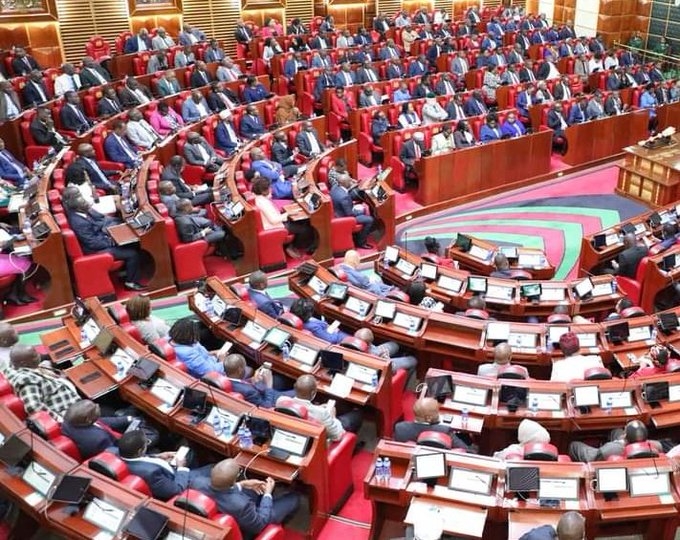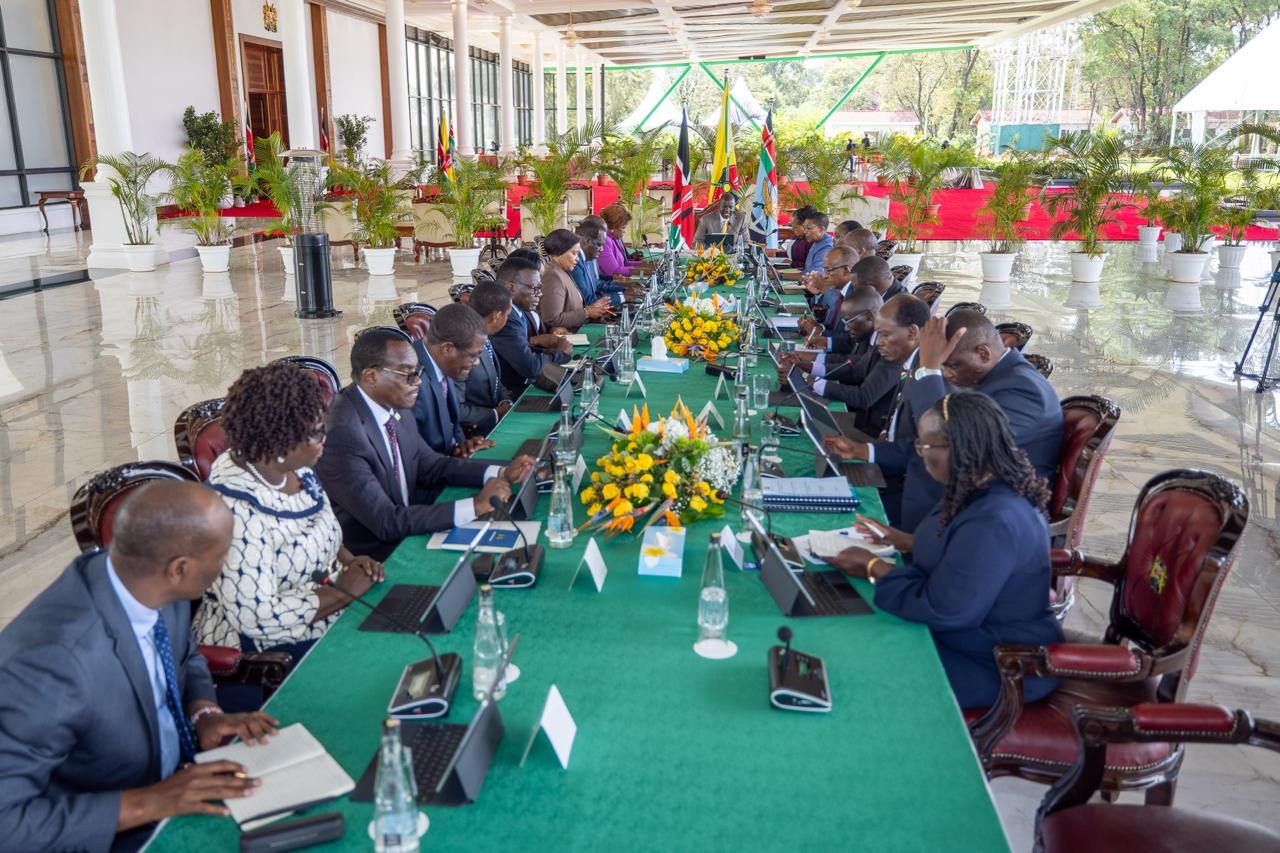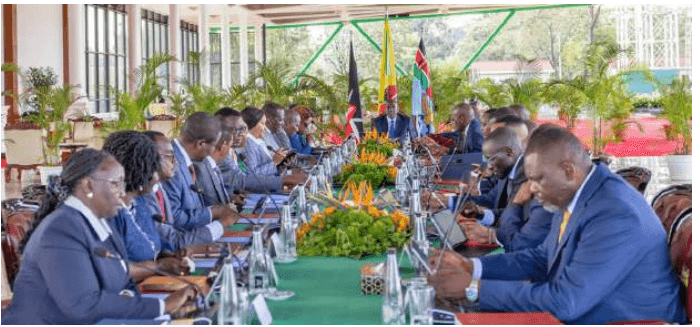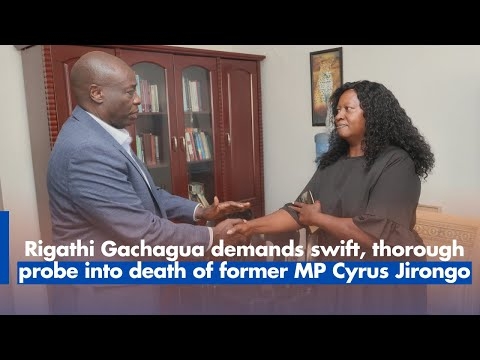Nature lovers have made the first step towards tackling wildlife poisoning by establishing the East Africa Wildlife Poisoning Response Network.
The regional network was established following a workshop held in Arusha, from June 13 – 14 by BirdLife International and its Partnership Network in East Africa.
They were particularly concerned that poisoning was a significant threat to vultures and other raptors, in East Africa and elsewhere, accounting for about 61 per cent of vulture deaths across Africa.
Preventing Extinction Programme Coordinator, Africa at BirdLife International Fadzai Matsvimbo said the East Africa Wildlife Poisoning Response Network is a crucial initiative in safeguarding wildlife and addressing the threats posed by wildlife poisoning.
“This is by promoting collaboration, capacity building, and research; the network will push towards the conservation of vultures and other wildlife and maintain the ecological balance in East Africa.”
Vultures play a vital role in our environment keeping it free of decaying carcasses.
These majestic birds have however experienced catastrophic declines around the world, with populations of all African vulture species plummeting by 70-97 per cent over the last 50 years driven by poisoning, belief-based use, electrocutions, and collision with power infrastructure among others.
The population of vultures in Kenya has been declining at an alarming rate.
Africa has 11 species of vultures, while Kenya has eight.
The eight are white-backed, white-headed, hooded, Rüppell’s, Egyptian, lappet-faced, bearded, and palm nut vultures.
The white-backed, white-headed, hooded and Rüppell’s are critically endangered, according to the International Union for Conservation of Nature’s Red List.
The IUCN red list is a critical indicator of the health of the world’s biodiversity.
A critically endangered species is a species that is extremely likely to become extinct in the immediate future.
Two species-Egyptian, lappet-faced are endangered while the bearded vulture species are near threatened. Palm-nut vulture is of the least concern.
Vultures are poisoned mostly due to two reasons.
The first reason is that they consume carcasses of livestock poisoned by herders who have lost their flock to lions, hyenas, and other carnivores.
Herders poison the carcasses to retaliate, but vultures often fall prey as collateral damage.
Poachers also poison vultures as they are usually the first to locate the carcass and circle above the dead animal.
This pinpoints authorities to the poached animals and in revenge, the poachers poison the birds.
Other threats to Kenya’s vultures include the construction of energy infrastructure (power lines, wind turbines) in vulture flyways, which they often do not see as their eyes are focused downward, not ahead of them, and they collide with these.
Another threat is food shortage because habitats are being transformed and natural food sources (such as antelopes and zebra) are declining due to poaching.
Most vultures build nests in trees and their breeding is adversely affected by the loss of trees, particularly large ones.
The Arusha workshop which brought together 21 delegates from Tanzania, Uganda, and Rwanda is part of BirdLife and partners work to protect vultures through direct conservation actions, influencing policy and raising awareness about the plight of vultures, where notable progress has been achieved.
To combat this threat, BirdLife partners have implemented various measures, including training community volunteers, rangers, and authorities on how to respond to poisoning incidents.
In Southern Africa, the BirdLife Partnership network is also facilitating the establishment of Vulture Safe Zones that provide areas free from threats like poisoning and electrocution, specifically designed to protect vultures in their most vulnerable habitats.
The East Africa Wildlife Poisoning Response Network brings together a wide range of stakeholders, including BirdLife Partners, raptor conservation experts, species conservation groups, and protected area management organisations in the region.
















